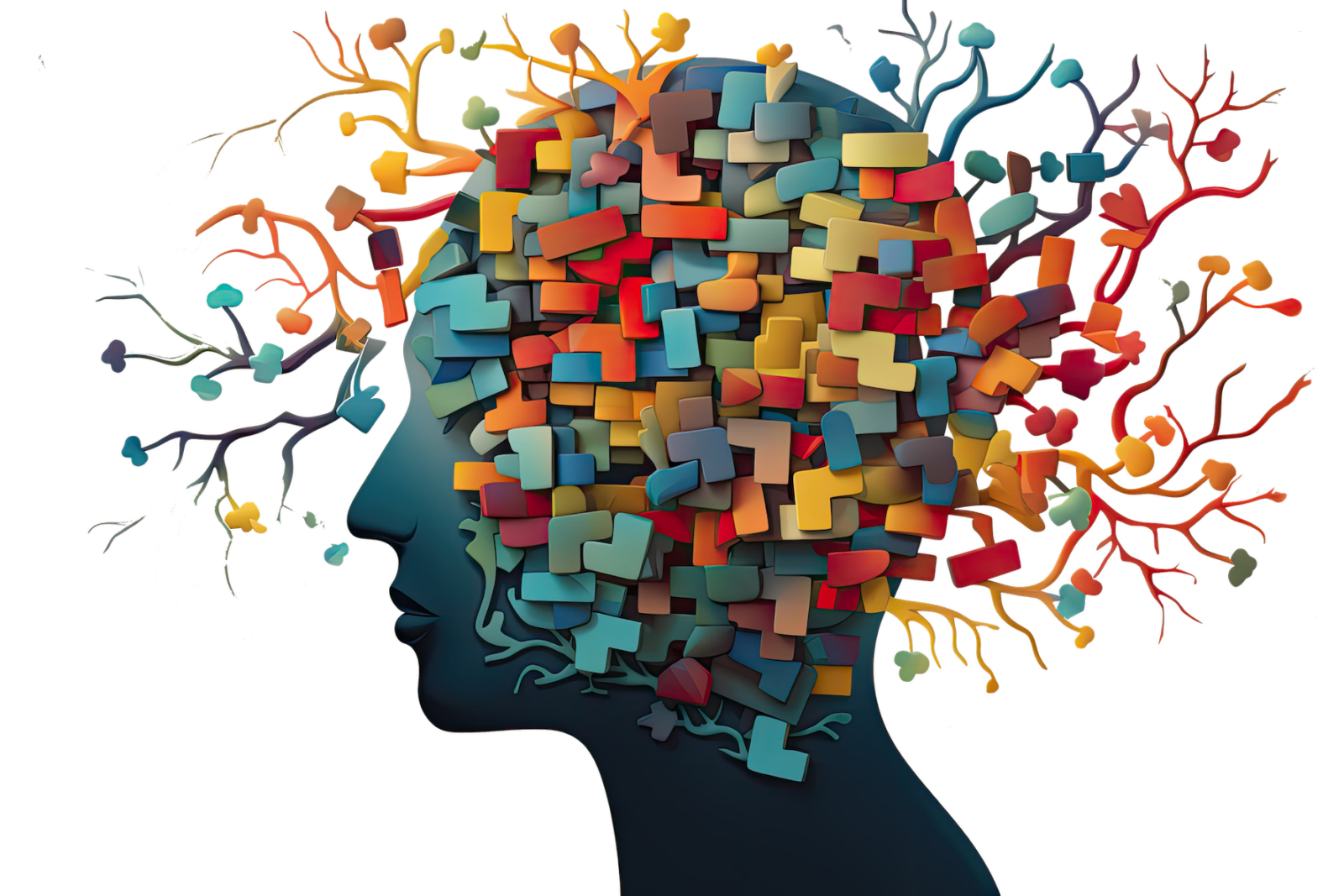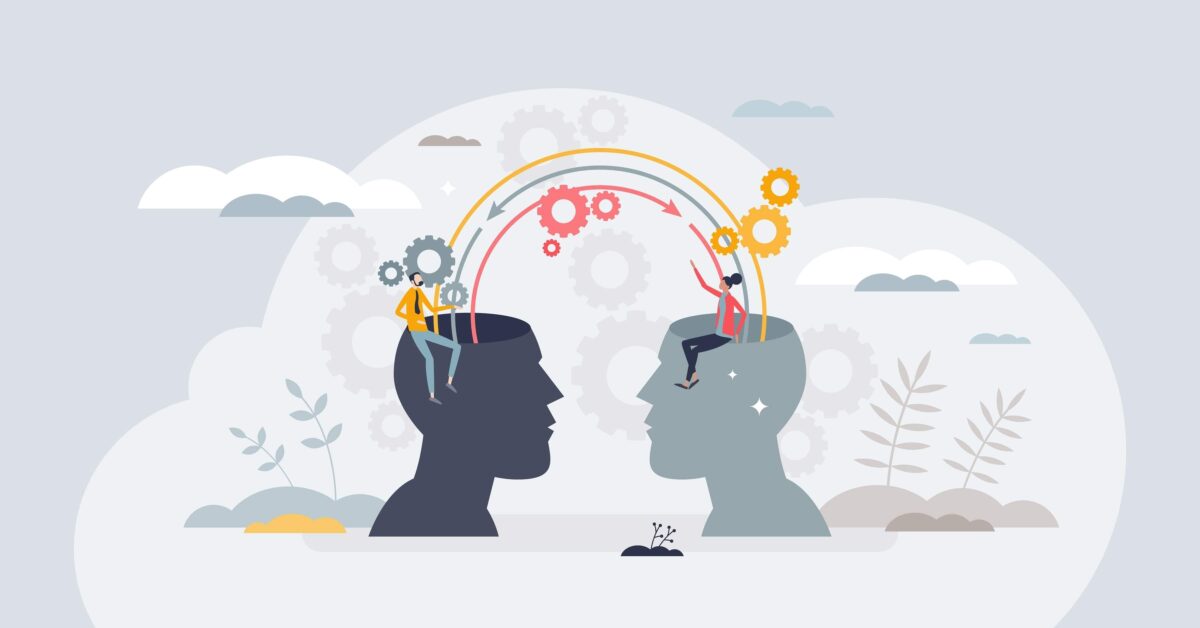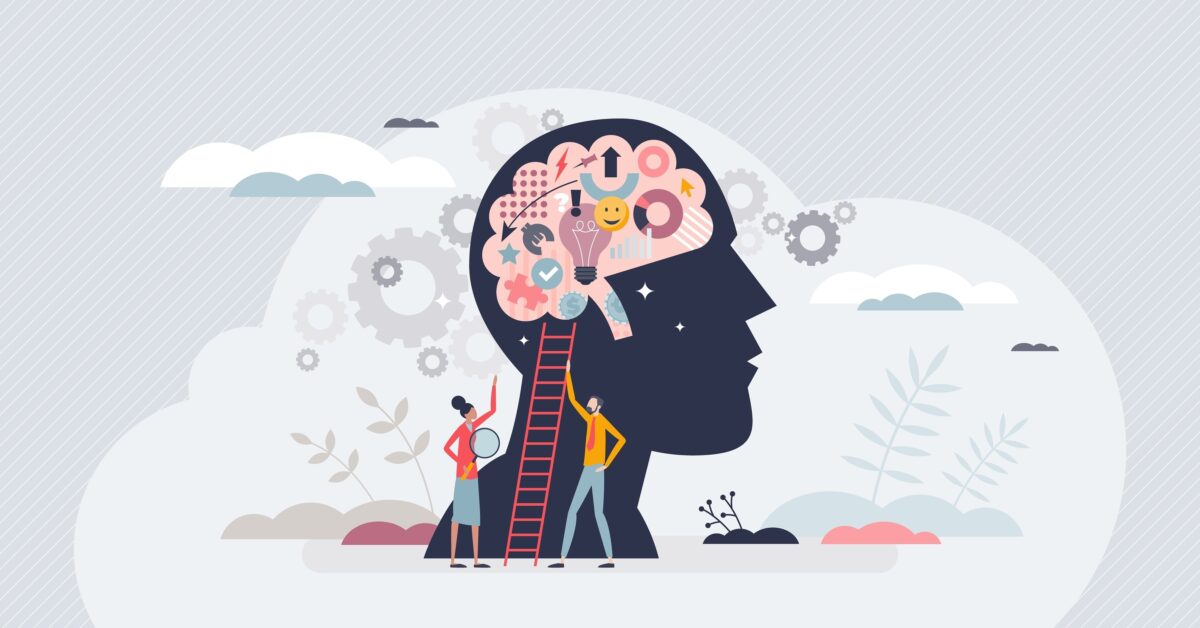Schizophrenia is a chronic and severe mental disorder that affects how a person thinks, feels, and behaves. It is characterized by a range of symptoms, which can be broadly categorized into positive symptoms, negative symptoms, and cognitive symptoms.
1. Positive Symptoms
Positive symptoms are those that add behaviors or thoughts that are not typically present. They include:
- Hallucinations: Seeing, hearing, or feeling things that are not present, most commonly auditory hallucinations (hearing voices).
- Delusions: Strongly held false beliefs that are not based in reality, such as believing one has special powers or is being persecuted.
- Disorganized Thinking: Incoherent or illogical thought patterns that make communication difficult.
- Abnormal Motor Behavior: This can range from agitation to catatonia (lack of movement or response).
2. Negative Symptoms
Negative symptoms involve the absence of typical behaviors or emotions. They include:
- Blunted Affect: Reduced emotional expression, including facial expressions and tone of voice.
- Anhedonia: Inability to experience pleasure from activities usually found enjoyable.
- Alogia: Reduced speech output or lack of meaningful content in speech.
- Social Withdrawal: Reduced ability or desire to engage in social interactions.
3. Cognitive Symptoms
Cognitive symptoms affect the person’s ability to think clearly or concentrate. They include:
- Impaired Executive Functioning: Difficulty with planning, organizing, and completing tasks.
- Attention Deficits: Difficulty focusing or sustaining attention.
- Memory Problems: Issues with short-term memory, making it difficult to recall recent events or learn new information.
The course of schizophrenia varies widely. Some individuals may experience a single episode and recover fully, while others may have a more chronic course with recurring episodes. Early intervention and adherence to treatment significantly improve outcomes.
Impact on Daily Life: Schizophrenia can severely impair an individual’s ability to function in daily life, affecting relationships, employment, and self-care. However, with appropriate treatment and support, many people with schizophrenia can lead fulfilling lives.
ADHD, or Attention-Deficit/Hyperactivity Disorder, is a neurodevelopmental disorder characterized by persistent patterns of inattention, hyperactivity, and impulsivity that interfere with daily functioning or development. It is one of the most common mental health disorders in children, but it can also persist into adulthood.
Types of ADHD is categorized into three main types, depending on the predominant symptoms:
Predominantly Inattentive Presentation, Predominantly Hyperactive-Impulsive Presentation, and combined presentation. ADHD is a chronic condition that can persist into adulthood. However, with appropriate treatment and support, many people with ADHD can manage their symptoms effectively and lead productive lives. Early intervention is crucial in helping individuals develop the skills needed to succeed in various aspects of life.
Anxiety disorder is a mental health condition characterized by excessive, persistent worry or fear that interferes with daily life. It goes beyond the normal feelings of anxiety and nervousness that everyone experiences from time to time. Anxiety disorders can manifest in various forms, and each type has its own set of symptoms and triggers. Here’s an overview:
Types of Anxiety Disorders
- Generalized Anxiety Disorder (GAD):
- Panic Disorder
- Social Anxiety Disorder (Social Phobia)
- Specific Phobias
- Agoraphobia
- Separation Anxiety Disorder
- Obsessive-Compulsive Disorder (OCD)
- Post-Traumatic Stress Disorder (PTSD) With proper treatment, individuals with anxiety disorders can lead fulfilling lives. However, anxiety disorders often require long-term management, and some people may experience symptoms throughout their lives. Early intervention and a combination of therapy, medication, and lifestyle changes are key to managing anxiety effectively.
Schizophrenia is a chronic and severe mental disorder that affects how a person thinks, feels, and behaves. It is characterized by a range of symptoms, which can be broadly categorized into positive symptoms, negative symptoms, and cognitive symptoms.
1. Positive Symptoms
Positive symptoms are those that add behaviors or thoughts that are not typically present. They include:
- Hallucinations: Seeing, hearing, or feeling things that are not present, most commonly auditory hallucinations (hearing voices).
- Delusions: Strongly held false beliefs that are not based in reality, such as believing one has special powers or is being persecuted.
- Disorganized Thinking: Incoherent or illogical thought patterns that make communication difficult.
- Abnormal Motor Behavior: This can range from agitation to catatonia (lack of movement or response).
2. Negative Symptoms
Negative symptoms involve the absence of typical behaviors or emotions. They include:
- Blunted Affect: Reduced emotional expression, including facial expressions and tone of voice.
- Anhedonia: Inability to experience pleasure from activities usually found enjoyable.
- Alogia: Reduced speech output or lack of meaningful content in speech.
- Social Withdrawal: Reduced ability or desire to engage in social interactions.
3. Cognitive Symptoms
Cognitive symptoms affect the person’s ability to think clearly or concentrate. They include:
- Impaired Executive Functioning: Difficulty with planning, organizing, and completing tasks.
- Attention Deficits: Difficulty focusing or sustaining attention.
- Memory Problems: Issues with short-term memory, making it difficult to recall recent events or learn new information.
The course of schizophrenia varies widely. Some individuals may experience a single episode and recover fully, while others may have a more chronic course with recurring episodes. Early intervention and adherence to treatment significantly improve outcomes.
Impact on Daily Life: Schizophrenia can severely impair an individual’s ability to function in daily life, affecting relationships, employment, and self-care. However, with appropriate treatment and support, many people with schizophrenia can lead fulfilling lives.
ADHD, or Attention-Deficit/Hyperactivity Disorder, is a neurodevelopmental disorder characterized by persistent patterns of inattention, hyperactivity, and impulsivity that interfere with daily functioning or development. It is one of the most common mental health disorders in children, but it can also persist into adulthood.
Types of ADHD is categorized into three main types, depending on the predominant symptoms:
Predominantly Inattentive Presentation, Predominantly Hyperactive-Impulsive Presentation, and combined presentation. ADHD is a chronic condition that can persist into adulthood. However, with appropriate treatment and support, many people with ADHD can manage their symptoms effectively and lead productive lives. Early intervention is crucial in helping individuals develop the skills needed to succeed in various aspects of life.
Anxiety disorder is a mental health condition characterized by excessive, persistent worry or fear that interferes with daily life. It goes beyond the normal feelings of anxiety and nervousness that everyone experiences from time to time. Anxiety disorders can manifest in various forms, and each type has its own set of symptoms and triggers. Here’s an overview:
Types of Anxiety Disorders
- Generalized Anxiety Disorder (GAD):
- Panic Disorder
- Social Anxiety Disorder (Social Phobia)
- Specific Phobias
- Agoraphobia
- Separation Anxiety Disorder
- Obsessive-Compulsive Disorder (OCD)
- Post-Traumatic Stress Disorder (PTSD) With proper treatment, individuals with anxiety disorders can lead fulfilling lives. However, anxiety disorders often require long-term management, and some people may experience symptoms throughout their lives. Early intervention and a combination of therapy, medication, and lifestyle changes are key to managing anxiety effectively.




